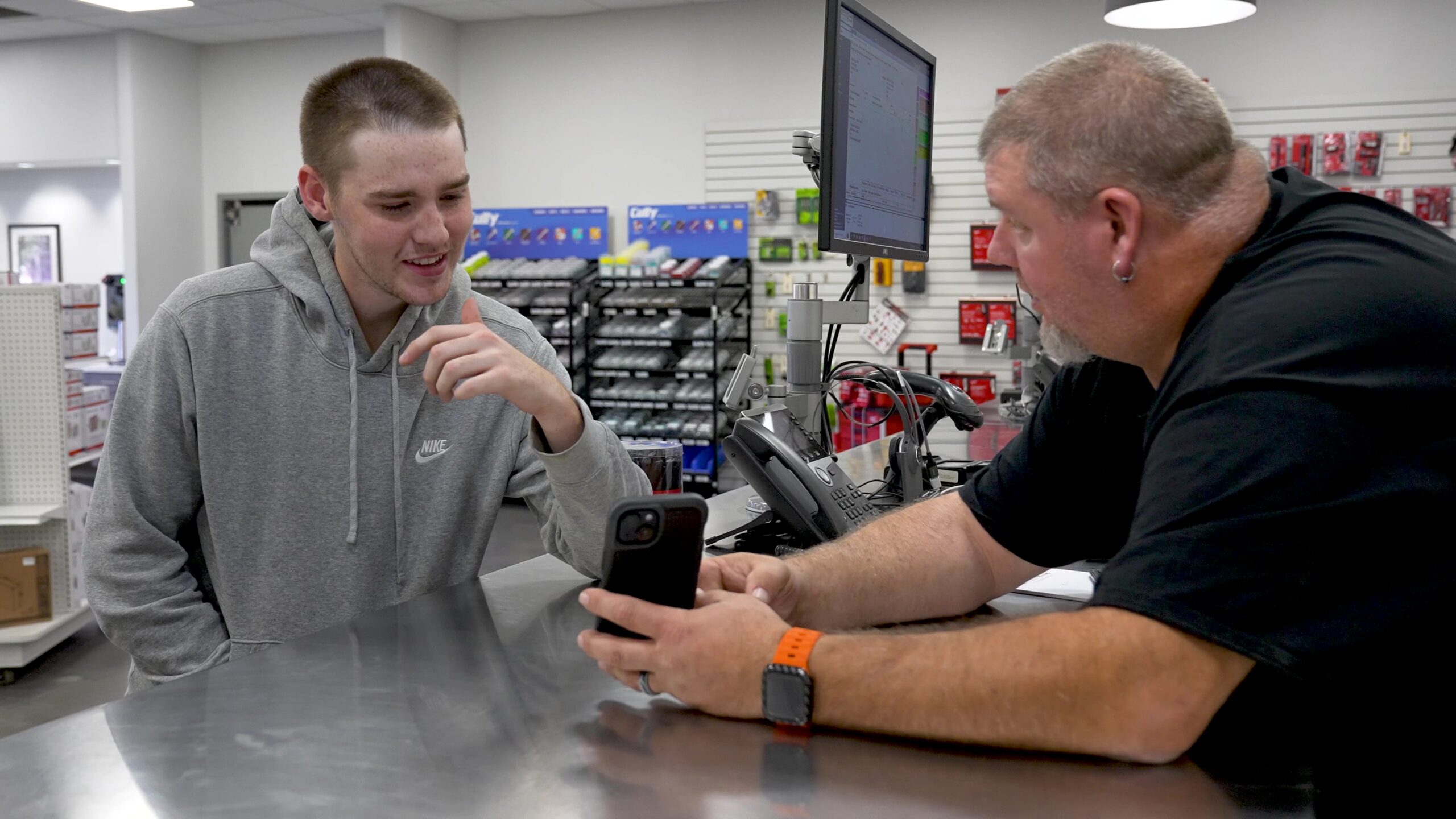AI is everywhere. You’ve seen the headlines, heard the buzz, maybe even tried a few tools to help you answer emails or organize your to-do list. With the shrinking labor force, you may be looking into tools to save time on low-value tasks or get new electricians up to speed faster.
But here’s the reality: only one in four companies say they’re getting real value from their AI investments. And only one in three digital transformations succeed, according to studies from Boston Consulting Group.
So if you’re wondering whether generative AI is overrated, you’re not alone. Many contractors are still exploring where AI fits into their business or waiting to see how the rest of the industry reacts. But you can’t afford to sit this one out.
AI is moving fast. While not every tool will be a fit for you, staying on the sidelines means missing opportunities to improve how work gets done – and falling behind the competition.
 Generative AI has spread like wildfire. It took 75 years for telephones to reach 100 million users. The internet did it in eight years. And ChatGPT? Just two months. Even when companies aren’t using AI, their employees are. A whopping 78% of knowledge workers of all ages are bringing their own AI tools to their work.
Generative AI has spread like wildfire. It took 75 years for telephones to reach 100 million users. The internet did it in eight years. And ChatGPT? Just two months. Even when companies aren’t using AI, their employees are. A whopping 78% of knowledge workers of all ages are bringing their own AI tools to their work.
You’ve probably noticed that AI isn’t great at everything. It can produce inaccurate answers and isn’t built for certain tasks. That’s why it’s critical to ask the right questions before diving in: What are we trying to do? Why are we doing it? How will we measure progress? Are we getting the value we expected?
I would estimate that 70% of current AI use cases fall under automation – doing the same work with less effort. That’s a great place to start. More advanced applications include augmentation (doing more with the same effort) and amplification (doing much more with just a bit more effort).
Think about a repetitive task you’d love to eliminate. For example, you could use an augmented reality tool to manage construction site plans; mark drill holes, junction boxes, and formwork protectors; and check for the correct placement of recessed spotlights and ceiling lights.
At Sonepar, we’ve partnered with AEC Inspire to automate lighting take-offs, turning two hours of highlighters and Excel work into a 20-minute task. The tool interprets lighting prints and generates a bill of materials, allowing us to quickly turn around quotes for customers even for large-scale projects. That’s real value.
To use AI in your business, start small. Learn fast. Stop what doesn’t work. Repeat what does. You should expect measurable impact from every digital solution. And you shouldn’t have to go it alone. Look for business partners who understand your processes and daily challenges, not just technology vendors.
Your electrical distributor should proactively bring you ways to work faster and smarter with a measurable impact on your bottom line. With the right approach, AI can make your life easier and help you get more done in a day.
